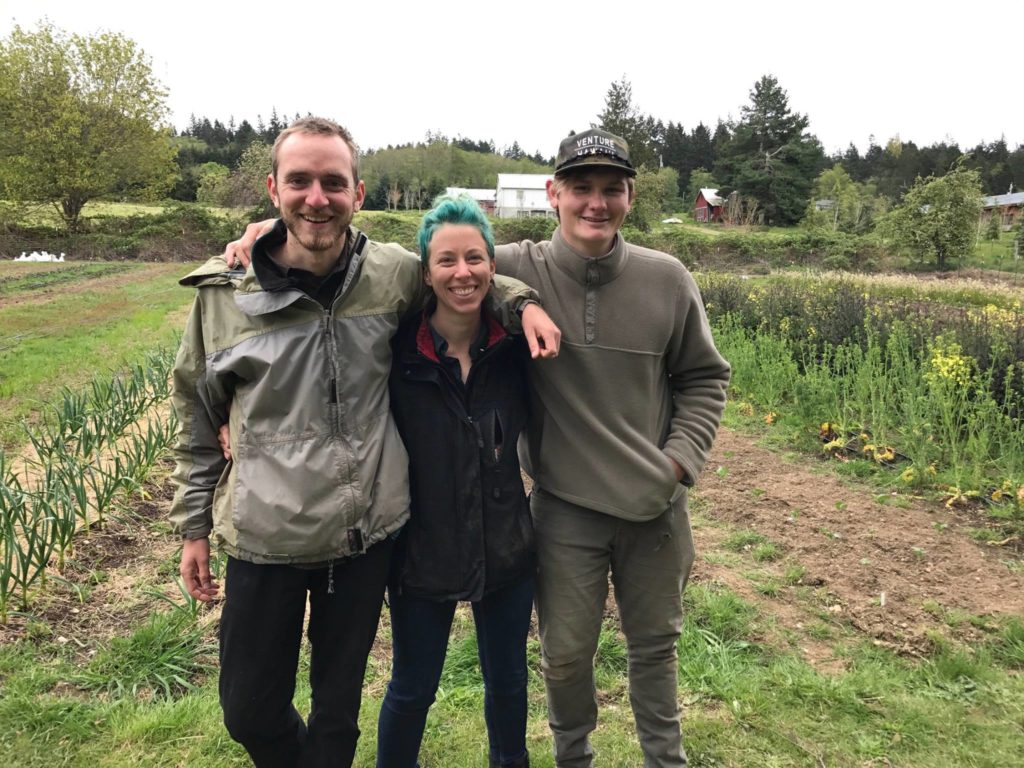How Can We Help?
Fruit Tree Harvest at Good Cheer Food Bank
Fruit Tree Harvest
Keeping a gleaning program going for the long term can be a challenge; volunteers come and go, tree donors may move away and sell their properties to new owners who aren’t familiar with the program, and the fruit harvest varies from year to year – all of which make it hard to predict how much fruit will come in or to plan ahead for storage and distribution of gleaned fruit.
Setting up a system is a good way to prepare for changes to the program – if someone is suddenly gone due to illness or family issues, having centralized records and written procedures is a way to make sure that the program can function independently of who is running it. The human element can’t be transferred, but the data and technical side can.

Currently, Good Cheer uses Google Drive to manage and collect data, documents, and files. This central storage offers collective email, spreadsheets, calendars, file storage, the ability to share documents quickly, photo storage, etc. and makes a great hub for information. Files and information can be shared with co-workers and community partners, and records are easily available while still being secure.
One aspect of the centralized information system that has been extremely useful is Google Maps. Tree donors are plotted on a map with specialized icons for the type of fruit, and the map is accessible via smart phone when scouting or picking. It’s also easy to see where tree donors are concentrated for planning a day with multiple locations and directions can be shared via email with gleaners. Volunteers can also be plotted on the map so that teams can be assembled based on location.
In the works are: an online calendar visible to the gleaning crew; a database of tree donors that includes individual tree information and harvest records; a network of neighborhood ‘fruit watchers’, volunteers who are willing to keep an eye on trees in their neighborhood and let the gleaning coordinator know when the fruit is near ready and should be scheduled for picking; and a list of community partners to contact when there are more trees than the gleaners can pick, or who can make use of excess fruit.


